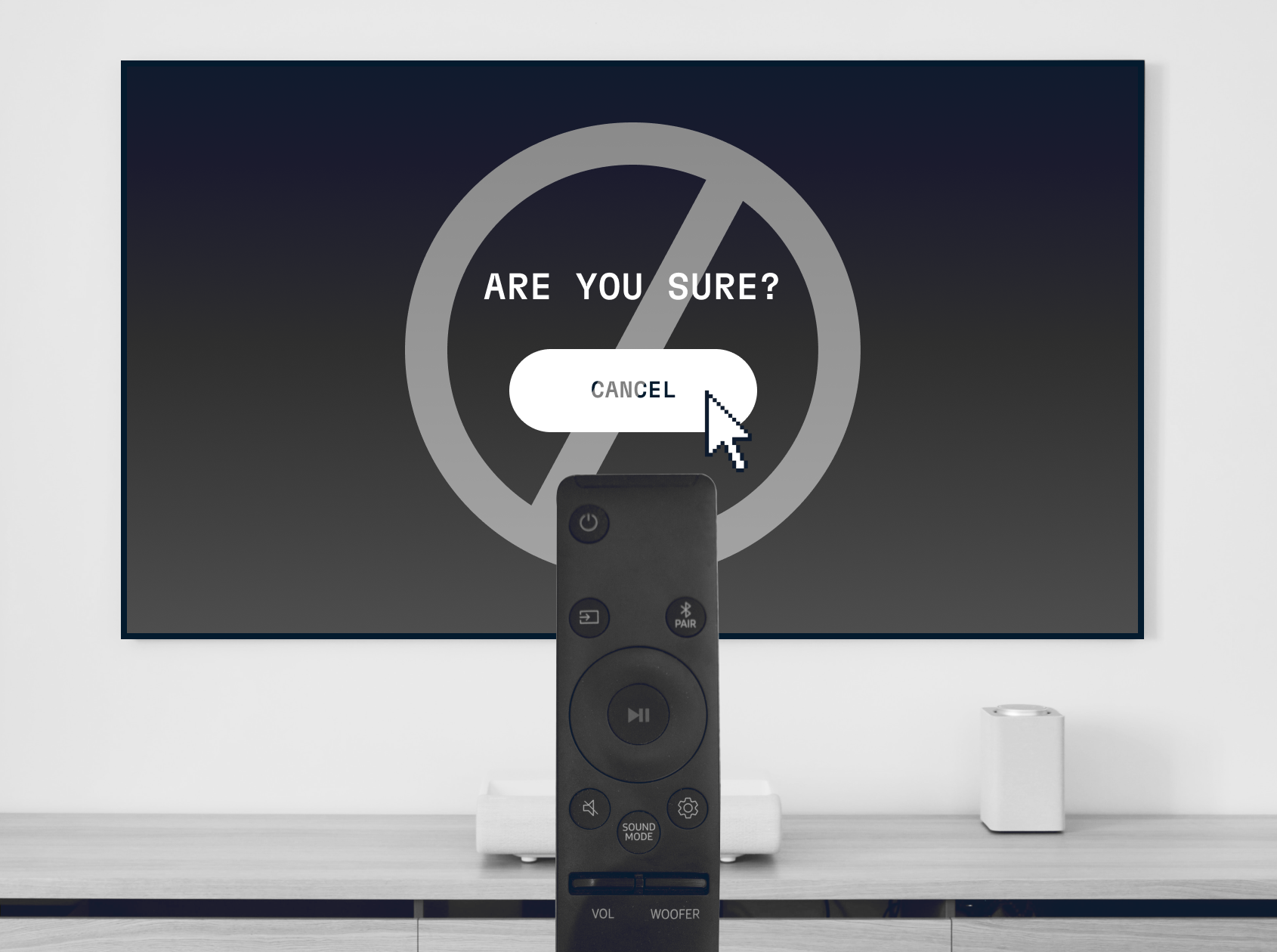Imagine buying a new cell phone on the condition that you can’t upgrade any of its apps. Also, you’re not allowed to buy any new ones, ever. That’s right — your apps must remain frozen in perpetuity!
Well, until recently, that’s exactly like what buying a new car has been like. Most cars have been essentially air-locked, even though they’ve been operating on software for decades.
If you bought a new car in 2017, for example, you basically bought yourself a time capsule of the year 2017. Nothing changed except for the songs on the Sirius channels.
Except, of course, if you were a Tesla owner. Let’s give credit where credit is due: they introduced OTA (over-the-air updates) way back in 2012.
The good news is the rest of the industry is catching up. Cars are truly turning into services. Now, long-time readers will know that I’ve been anticipating this shift for a long time. I’ve written previously about the innovation happening at General Motors, how CES has turned into the biggest car show of the year, and the unbundling of the automobile. But this week, there was another sign that the future has finally arrived for the auto industry: Rivian filed their S-1.
Rivian is a really interesting EV company. They’re not exactly new (they were founded in 2009 by an MIT grad), but they have $10 billion dollars in investment from companies like Amazon and Ford. I have several friends who have pre-ordered their vehicles, and I think a big reason why is that they don’t really look or act like a car company.
They are deeply committed to environmental stewardship and sustainable technology. They don’t rely on advertising or paid media. They sell directly to consumers, and they have a digital-first service strategy that involves technicians coming to you, not the other way around.
And, perhaps more relevant to this newsletter, Rivian’s S-1 statement, places subscriptions squarely in the center of their business model. Under a section entitled “Long Term Growth Strategy,” you’ll find the following language:
“Extend Depth and Breadth of Our Digital Services. We plan to launch additional subscription services, enable the purchase of more features through OTA software updates, including higher levels of autonomy, expand our financing and insurance offerings, and play a central role in the used Rivian marketplace.”
OTA updates are finally going mainstream. But here’s where it gets really interesting. Rivian goes on to outline its digital services strategy in its discussion of Lifetime Revenue Potential (LTR):
“We assume the LTR opportunity from software to be $15,500. This is comprised of autonomous driving capabilities of $10,000, and a monthly subscription plan for infotainment, connectivity, diagnostics, and other services valued at $5,500, based on publicly disclosed industry benchmarks.”
If you’re based in the SaaS industry like I am, that kind of language probably sounds very familiar to you! Rivian’s LTR is basically the equivalent of CLV, or Customer Lifetime Value. Rivian doesn’t want to just sell vehicles; it wants to provide ongoing value to its customers.
To return to my cell phone analogy, Rivian’s new EVs will come with a bunch of pre-installed apps, and if you want added functionality within those apps or some brand new ones, you’ll be able to subscribe to them. The total value of those apps and services over time will represent a significant source of revenue for Rivian. To go back to my piece on Biphasic Monetization Strategy with Stamos Kanellakis, in this case autonomous driving capability is the novel service that deserves its own standalone pricing.
It seems like a pretty straightforward value proposition, and it’s definitely where the market is headed. Rivian clearly has Amazon Prime in mind when it comes to its business strategy. Over the next several years, you can expect to see lots more auto companies highlighting their digital service revenue, the same way that Apple has been doing for the last decade.
That’s why I can’t understand all the grumbling (particularly in the automotive press) about the advent of automotive subscription services. They seem like an opportunity to buy a base-level vehicle, then customize your car as you see fit. Some of these new services could even help you make money from your car by letting you lease it out to others on an hourly basis (most cars sit parked 95% of the time).
But perhaps more importantly, these new digital services are a way of letting you own a car that’s not a brick on wheels, that’s not a two-ton chunk of planned obsolescence. These things are a huge investment. Shouldn’t they be able to actually improve themselves over time, as opposed to depreciate as soon as you drive them off the lot? Shouldn’t we expect our cars to be as customizable as our phones?
In short, subscriptions are a way of letting you get more value out of your car. Remember, CLV works both ways! It’s simply a commercial metric used to describe the practicality, usefulness and enjoyment of a given service.
Subscription businesses live or die on CLV, not unit sales. That’s the new north star metric that’s lighting up the entire automotive business. What we are seeing today is nothing less than the start of the transformation of one of the biggest industries in the world.


%20Guide%20for%20Recurring%20Revenue%20Businesses%20-%20Zuora&_biz_n=0&rnd=657103&cdn_o=a&_biz_z=1744988400469)

